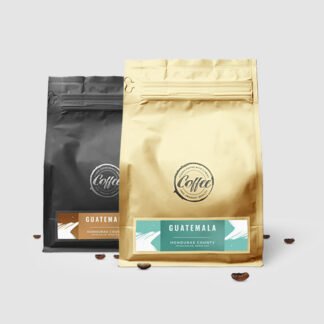Tableau is a powerful data visualization tool that goes beyond just presenting numbers and charts. It provides a platform for creativity and storytelling, allowing users to turn data into compelling visual narratives. In this blog post, we will explore how Tableau can be used as a creative tool and discuss some tips to unleash your creativity with Tableau.
1. Think Outside the Box
When using Tableau, don’t limit yourself to the default charts and graphs. Think outside the box and experiment with different visualizations to present your data in a unique and engaging way. Tableau offers a wide range of options, from maps and scatter plots to treemaps and word clouds. Explore these options and find the best way to tell your data story.
2. Use Color and Design Strategically
Color and design play a crucial role in data visualization. Tableau provides a variety of color palettes and customization options to help you create visually appealing dashboards. However, it’s important to use color strategically and avoid overwhelming your audience. Choose colors that enhance the message you want to convey and create a harmonious visual experience.
3. Incorporate Interactivity
One of the key features of Tableau is its interactivity. Take advantage of this by incorporating interactive elements into your visualizations. Allow users to explore the data themselves by adding filters, tooltips, and interactive dashboards. This not only engages your audience but also enables them to gain deeper insights from the data.
4. Tell a Story with Data
Data storytelling is a powerful way to communicate insights and engage your audience. Tableau provides tools like story points and annotations that allow you to create a narrative flow within your visualizations. Use these features to guide your audience through the data, highlighting key points and drawing connections. Remember to keep the story concise and focused to maintain your audience’s attention.
5. Collaborate and Share
Tableau offers collaboration and sharing capabilities that enable you to work with others and showcase your visualizations to a wider audience. Collaborate with colleagues to gather feedback and improve your visualizations. Share your work on Tableau Public or embed it in websites and blogs to reach a broader audience and inspire others.
6. Learn from the Tableau Community
The Tableau community is a vibrant and supportive network of data enthusiasts and experts. Take advantage of this community by joining forums, attending user groups, and participating in social media discussions. Learn from others’ experiences, get inspired by their work, and share your own insights and creations. The Tableau community is a valuable resource for expanding your skills and finding new creative approaches.
In conclusion, Tableau is not just a tool for data analysis and visualization. It is a platform for creativity and storytelling. By thinking outside the box, using color and design strategically, incorporating interactivity, telling a story with data, collaborating and sharing, and learning from the Tableau community, you can unleash your creativity and create visually stunning and impactful visualizations. So, let your imagination run wild and explore the endless possibilities of Tableau!



